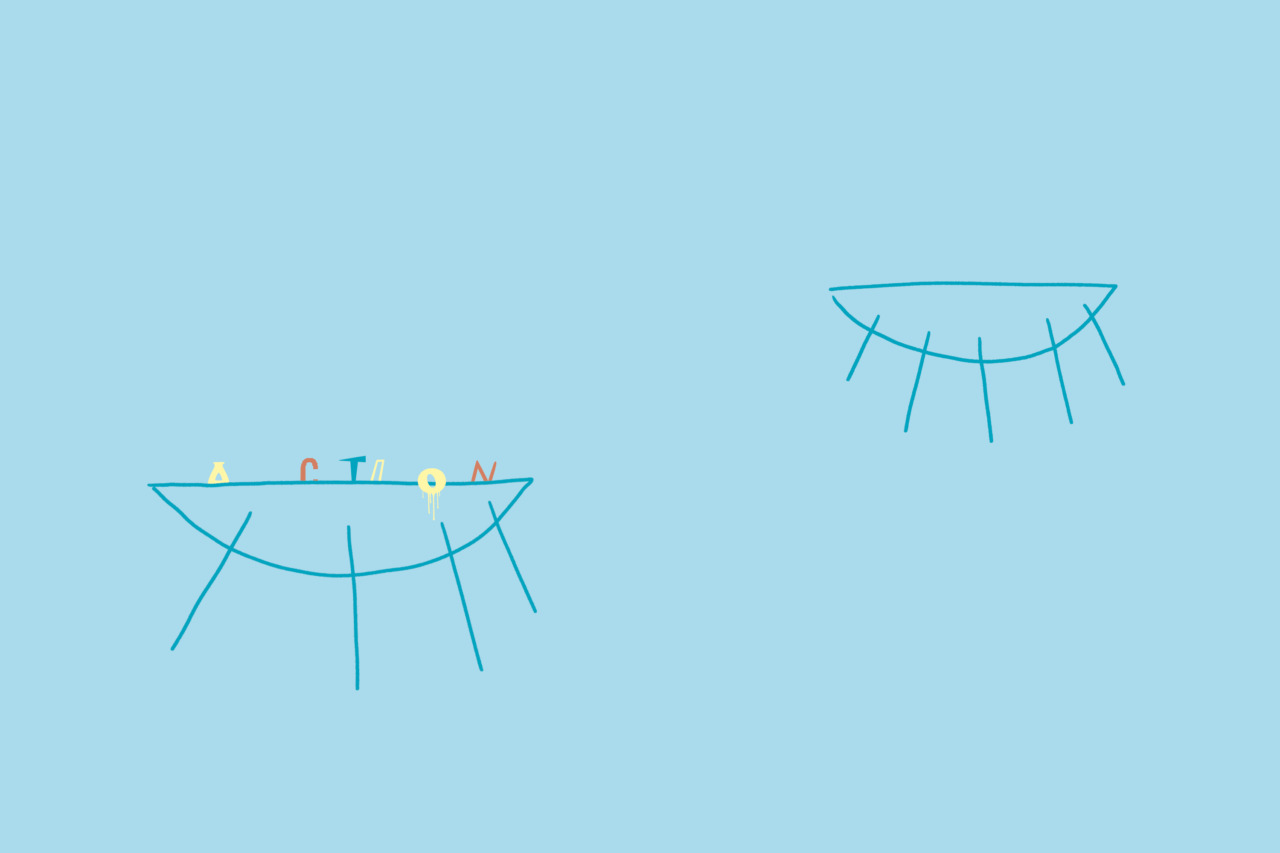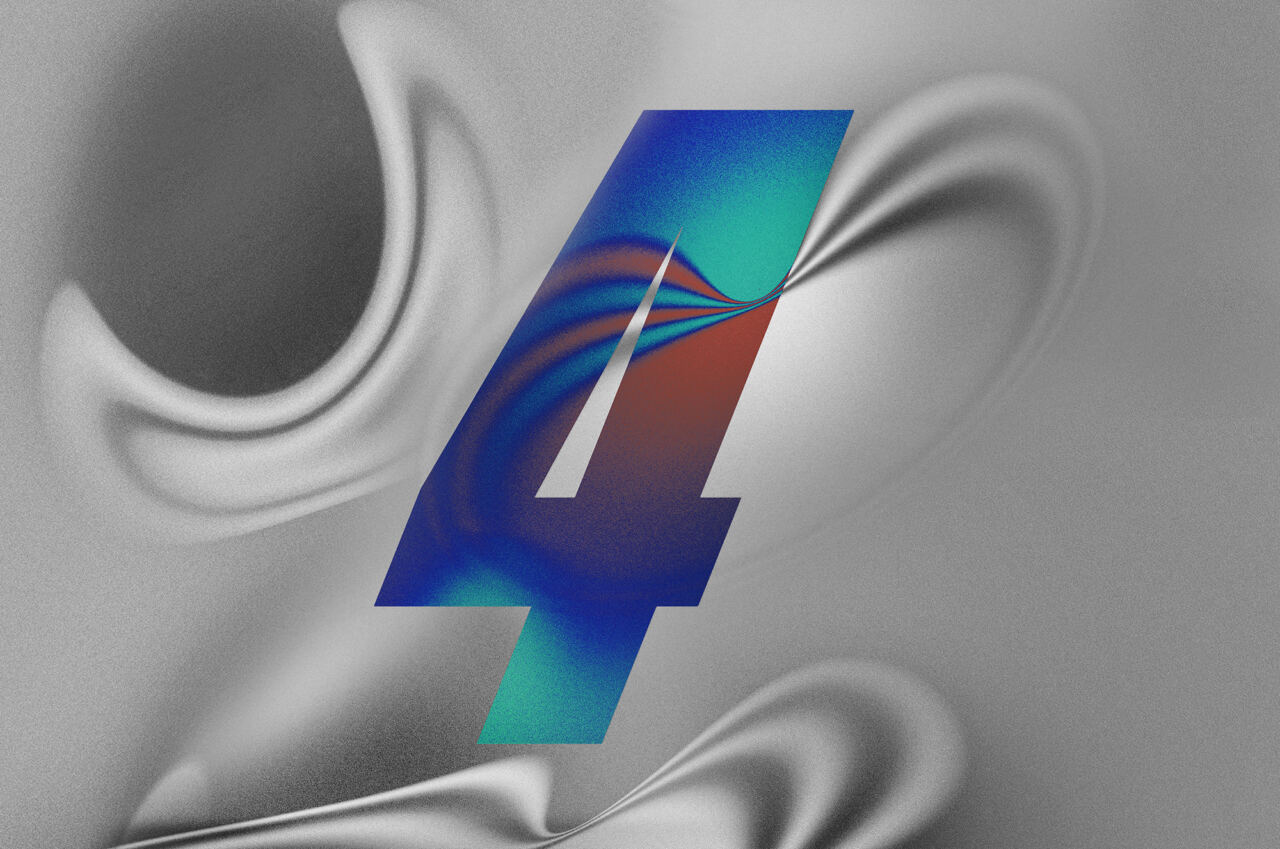Collecting surfaces
Creative project FactoryKey data
Description
The spaces in which we move consist of many layers. Of those that we can see, i.e. whose surfaces we can touch and feel, and those that we cannot see, that remain invisible at first. These “invisible layers” of places or spaces are not “tangible” with our eyes or hands, but we can perceive and feel them in different ways with our bodies. They determine, for example, how we can move, work or communicate in them. Artists who work with these structures make them visible in various ways. In this project, try out several methods yourself to make invisible structures artistically visible!
Instructions for making it yourself
You will need
- paper
- graphite pen, pencil or wax crayon
- clay or modeling clay
- shoe box or cup for storage
- watercolors
For the plaster:
- scales for weighing
- plaster powder
- water
- bowl or dish (for mixing)
- wooden sticks or spatulas (for mixing)
- shoe box or plastic container (for casting)
Grübeln
How do you make tangible the many invisible elements that spaces contain?
Step 1
Using the frottage technique, transfer a surface that you find exciting:
- For frottage, you can use a wide variety of materials as a printing block. They should only be in relief, i.e. consist of raised and depressed areas, and have a rough surface structure.
- Apply the print to paper. Place the paper on your object and hold it carefully with your hands.
- Then take a soft pencil or graphite pencil. Hold it relatively flat and rub it over the paper.
- By rubbing it, the surface texture of your desired object will become visible graphically.
Explained briefly
“Frottage” comes from the French and means “rubbing off.” With this technique, surfaces and structures of objects or materials, also called printing blocks, can be transferred to the paper or fabric by rubbing. Almost all drawing tools such as pencil, colored pencil, chalk, charcoal or felt-tip pen are suitable for this.
STEP 2
Impress surfaces and structures in clay or modeling clay:
- Unlike frottage, here the desired surface is not rubbed off, but pressed into it.
- Take the clay or modeling clay and shape it into a plate. Depending on the surface or structure, you can decide for yourself how large and how thick it should be.
- Now carefully press the plate onto the chosen surface or, conversely, gently press the object into the plate. Decide how deep you want to press the desired object.
- Careful! The plate should not become too thin. Otherwise, there is a risk that it will break when drying or when casting the plaster.
- Now carefully remove the plate and let it dry.
TIP!
Try printing something that you take for granted in everyday life or that you don’t even notice anymore. At home, look for cords, tools, parts of kitchen appliances or computers, wall surfaces, etc.
"A PLACE IS A STRONG SURFACE TO WHICH YOU HAVE TO RELATE. I WANT TO LOOK BEHIND THE SCENES AND MAKE LESS VISIBLE ASPECTS OF SPACE TANGIBLE. LIKE, FOR EXAMPLE, IMPLICITLY CONNECTING THE GALLERY SPACE TO OFFICE WORK VIA THE CABLES OF MY INSTALLATION, WHICH ALSO FEED FROM THE SAME ELECTRICAL CIRCUIT."
Robert Keil
STEP 3
Make a plaster cast of your clay relief:
- Choose a shoebox or plastic container large enough for the plaster cast.
- Place your clay relief inside. Be careful not to damage it!
- Mix the plaster according to the instructions on the package.
- Fill your shoebox or container with the mixed plaster.
- Let it dry according to the instructions.
- After the drying time, carefully remove the container and the clay relief.
- If you wish, you can paint your finished relief with watercolors.
AHA!
A relief is a form of representation that is not completely flat, but has elevations and depressions on the surface. In sculpture, relief refers to an art form in which figures, shapes, or structures protrude from a background, usually a flat surface.
"A PLACE IS NEVER JUST ITS MATERIAL CIRCUMSTANCES, BUT ALWAYS COMES WITH A HISTORY, WITH CONDITIONS, POWER STRUCTURES THAT ARE NOT SEPARABLE FROM IT."
Maria VMier
Ponder this
What does it mean to you to use a place as “material” for artistic processes—that is, the process of creating a work of art? What are the possibilities here?
"YOU SEE SOMETHING, YOU HAVE AN ASSOCIATION, AND IT TAKES EFFECT IN A SECOND. OFTEN YOU DON’T REALLY PURSUE THIS ASSOCIATION, AND THE IMAGE THAT IS PRODUCED IS NOT ONLY AN IMAGE, BUT IN THE END A CONSTRUCT OF EXPERIENCES, OF EDUCATION, OF LONGING AND SO ON."
Johanna Klingler






























